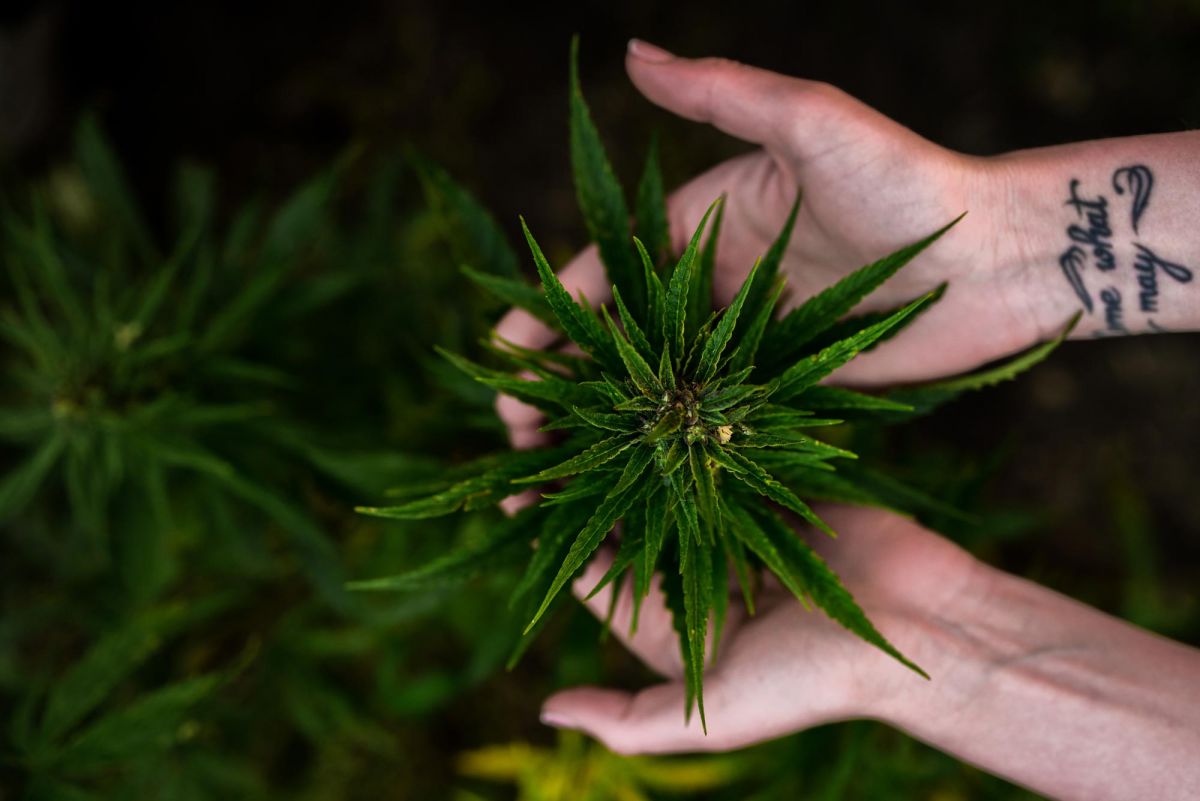How Flushing Cannabis Supports Plant Health

With cannabis becoming legal for both medicinal and recreational use in many places, growers seek out techniques that increase yields and impact plant health such as flushing cannabis.
Most cannabis growers swear by flushing cannabis. While there are no definitive studies pointing to the efficacy of the practice, there are also no known consequences to cleansing your plants.
Fertilizer can build up in the soil over time, and plants can reach their capacity for drawing in nutrients. A sign of too much nutrient exposure is when plants turn brown at the tips of the leaves.
Flushing before harvest clears away the nutrient build-up in the soil. Some growers believe this produces a smoother, milder flavor and removes the bitter edge to the flavor. You can read more about the growers debate about cannabis flushing to see if it’s worth exploring. We’ll talk through how to do it the right way and how it likely helps your cannabis plant health.
What is Flushing?
Flushing is done by running large amounts of nutrient-free water or a flushing agent through your plants’ soil to drive nutrients, salts, minerals, and other chemicals away from the plant’s roots.
This forces the plant to use up its own stored nutrients and compounds that can otherwise lead to bitter, unpleasant flavors in the final product.
How important is flushing cannabis?
Flushing can help a plant to mature faster, which is why it is done just before harvest. It is especially useful for removing excess nutrient build-up, but it is not recommended in all cases.
Some growers only use organic soil, which contains a rich microbial ecosystem. Flushing can potentially disrupt the beneficial microbes in this case. This is why it’s important to consult with an expert on flushing and determine your need for it on a case by case basis.
How to flush cannabis plants step-by-step
- Check the pH balance of the water or flushing agent you use for flushing. If you’re using water, avoid tap water. Distilled or purified water are less likely to produce undesirable results.
A pH imbalance can negate the entire process, causing cannabis plants to absorb unwanted aluminum and salt. Aim for a pH level of 6.0-6.8 for soil and 5.5-6.5 for hydroponics. - Water your plants without nutrients. The water should drain from the soil and collect excess chemicals and nutrients.
- After about 15 minutes, depending on the size of your plant, water the plant again.
- Test the water run off with a total dissolved solids (TDS) reader to see if your water is running clean with minimal traces of TDS. Aim for a reading of under 50 ppm. If your first flush does not clear away nutrients, you can flush your plants a second time.
- Flushing can cause the color of your plants to lighten. Be sure to harvest before plants turn yellow, as this is when the buds start to degrade in quality.
How is flushing different from watering cannabis?
It differs from watering in that for most of the lifespan of a plant, you’ll want the plant to feed off of nutrients in the soil. It is a procedure that should only be done before harvest to remove impurities that may be ailing the plant.
Flushing Sick Plants
If your cannabis is ill, flushing is one way to nurse your plants back to health. Cleansing this way can help to restore a proper pH balance, remove chemicals or additives that are harmful, and leach out nitrogen. Side note: Nitrogen can also lead to nasty flavors, so flushing it helps your end-users, too!
Things to know when flushing your cannabis
While regular, additive-free water is the traditional way to flush plants, flushing agents are more efficient and faster at removing unwanted compounds than water.
Flushing agents contain organic compounds called “chelates” that bind to salts, minerals, and nutrients. They aid in drawing these substances out of your plants. While flushing with plain water works, it doesn’t work as well for removing excess nutrients. Flushing with water can even lower resin percentages and affect floral growth.
When to start flushing cannabis
If you’re growing in soil, you should flush seven to ten days before you harvest. If you’re growing hydroponics, flush five to seven days out.
Don’t just rely on time, though — your eyes can tell you when your plants are ready. Look at the trichomes. Trichomes are the little hair-like glands located on the flower of the plant. These outgrowths should exhibit a small globule of liquid.
Ideally, you should be using a magnifying glass or microscope for this observation. Milky, cloudy, amber-colored trichomes are what you want. If they’re turning milky, then go ahead and flush! You can also look for 80% or more brown pistils as a sign it’s time to flush.
Control Your Water with Green Fertigation
When it comes to maximizing your yield and flushing properly, you need the right systems to maintain high-quality cannabis. At Green Fertigation, we specialize in cannabis growing processes, supplies, and expertise to help commercial growers using state-of-the-art technology. We work within your budget to ensure you achieve optimal cannabis harvests.